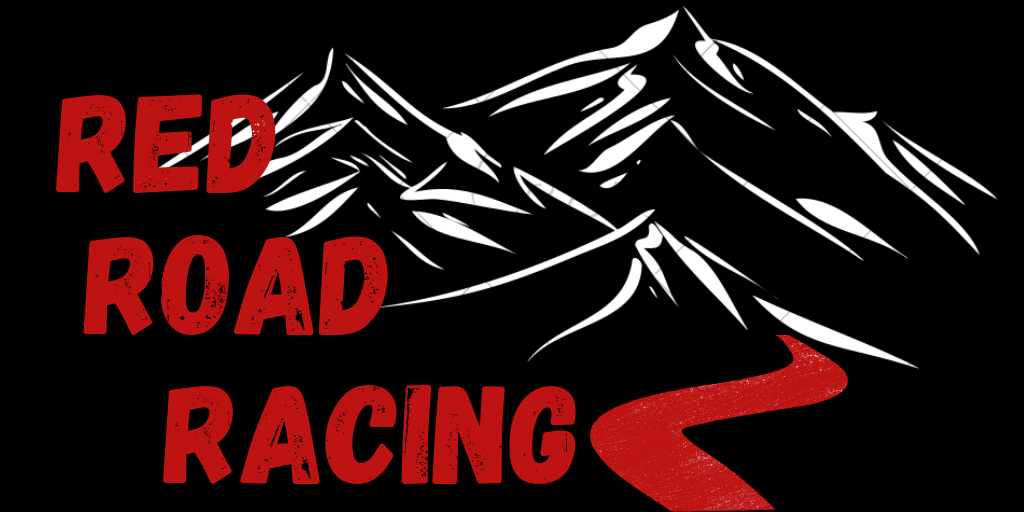Frequently Asked Questions
What are the qualification standards for this race?
I ask in the ultrasignup registration if you have compelted a sub-24 hour 100 miler. That’s a pretty good standard but it doesn’t entirely capture it. There are some cases where simply have a fast 100 miler on a loop course would not make you qualified enough to participate. Having experience self-navigating long races and familiarity with the different parts of the course is something I also take heavily into consideration. So while sub-24 is a simple physical standard to make sure you have the leg speed there are also other things that can make or break your selection in the registration process. If you did or plan on doing Ed Wang’s “Best of San Diego 100” (currently known as “Best Runner 100”) then that is an auto-qualifier for this race because it requires similar skills and efficiency.
Why are you charging only $200? Will I get less quality since you are trying to budget the race?
You will not get less quality, you will get simply be getting less in terms of aid and race goodies. The whole reason I’m charging such a low price compared to other 200’s is because I’m trying to de-gentrify ultrarunning. Ultrarunning is at a turning point right now in terms of the direction it is going. 200’s are setting a standard of high pricing simply because people are willing to pay for it, without regard to the vast majority of people for whom paying $1500 is not a feasible option. There are big costs involved in organizing a race of this scale, however we can strip a lot of the costs down by simplifying the race to the most basic and essential elements of the sport: community, food and drink and running long distances. Do we need a buckle? nah. Do we need swag? I mean, that’d be cool. But what are you going to take away most from this experience? The memories. And memories are created by the people involved. So I’m doing this to show to the world that it is possible to create a financially inclusive option to doing 200 mile distance races. If I’m lucky, I’ll break even and won’t lose any money running this thing. My reward, as cliche as it sounds, legitimately would be creating an opportunity for people who grew up poor like myself to participate in these elite end races without spending 5% of their annual salary on one race. Lest we start seeing races charge $10,000 per runner, I’m here to pump the brakes and bring ultrarunning back to its roots.
Will there be sleep stations?
This is a running race. I try to encourage running, not sleeping. That being said, when you’re running for 3-4 days, sleeping is an essential part of the endurance feat. There are no sleep stations provided by the race. Sleeping is allowed, but as it is currently there are no official sleep stations. I encourage you to sleep in your crew’s vehicle or trail naps are always allowed. I find that an hour of sleep is all that is needed to recharge. Always be safe and try to get some sleep during the event. Know your own limits.
Why is there so much road running?
There’s really not as much road running as you think! 40% of the route is road and 60% is trail. There is so much beauty in San Diego and a lot of that is along the coast and in the city so I wanted to give you the full breadth of what this beautiful city has to offer. If you would like to experience 200+ miles of trail in SoCal I recommend doing the PCT. Perhaps in future years this race will change to be entirely back country but the city aspect makes it also easier to crew/aid.
